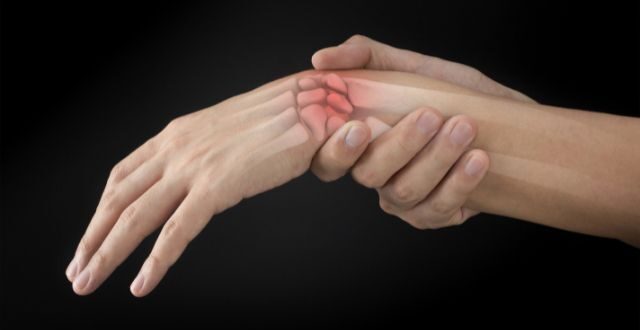Osteoarthritis is a common joint condition that affects millions of people worldwide. While there may be no cure for this condition, there are ways to manage its symptoms and improve your quality of life. Two essential components of osteoarthritis self-management are exercise and nutrition. In this blog post, we’ll explore how these two pillars can help you take control of your osteoarthritis and lead a more active, pain-free life.
Exercise for Osteoarthritis
Why Exercise Matters
Regular exercise is a cornerstone of osteoarthritis management. It may seem counterintuitive to move when your joints hurt, but exercise can help in several ways:
- Strengthening Muscles: Strong muscles help support and stabilize your joints, reducing the stress on them.
- Improving Joint Function: Certain exercises can enhance joint flexibility and range of motion, making daily activities easier.
- Pain Reduction: Exercise releases endorphins, which are natural pain relievers, helping you manage discomfort better.
Choosing the Right Exercises
When it comes to osteoarthritis, not all exercises are created equal. Low-impact activities like swimming, walking, and cycling are gentle on your joints while providing numerous benefits. Here’s a brief breakdown:
- Swimming: Water buoyancy reduces joint impact, making it an excellent full-body workout for arthritis sufferers.
- Walking: A simple yet effective exercise that can be tailored to your fitness level. Ensure you wear supportive footwear.
- Cycling: Riding a bike is easy on the joints and can be done indoors or outdoors, depending on your preference.
- Strength Training: Light resistance exercises can help build muscle around your joints, providing added support.
- Stretching: Incorporate gentle stretching exercises to maintain or improve joint flexibility.
Nutrition for Osteoarthritis
The Role of Nutrition
What you eat plays a significant role in managing osteoarthritis. A balanced diet can help you maintain a healthy weight, reduce inflammation, and support joint health.
Key Dietary Tips
- Anti-Inflammatory Foods: Incorporate foods rich in antioxidants and omega-3 fatty acids, such as berries, leafy greens, and fatty fish, to reduce inflammation.
- Maintain a Healthy Weight: Excess weight puts additional stress on your joints. A balanced diet can help you shed pounds and reduce joint strain.
- Calcium and Vitamin D: These nutrients are crucial for maintaining strong bones. Include dairy, fortified foods, and supplements if necessary.
- Hydration: Staying well-hydrated helps keep your joints lubricated. Aim for at least eight glasses of water a day.
- Limit Processed Foods: High-sugar and high-sodium processed foods can exacerbate inflammation and contribute to weight gain. Opt for whole, natural foods whenever possible.
Creating Your Self-Management Plan
Consult with a Healthcare Professional
Before embarking on an exercise and nutrition plan for osteoarthritis, it’s crucial to consult with your healthcare provider or a physical therapist. They can provide personalized recommendations based on your specific condition and needs. In case of an emergency, don’t hesitate to contact afc urgent care for help.
Start Slowly
If you’ve been inactive or are new to a particular exercise, start slowly and gradually increase the intensity and duration. Listen to your body and avoid overexertion.
Consistency is Key
Consistency is vital for seeing positive results in osteoarthritis self-management. Set achievable goals and stick to your exercise and nutrition plan over the long term.
Monitor Your Progress
Keep a journal to track your progress, noting any changes in pain levels, joint function, or weight. This can help you make necessary adjustments to your plan.
Conclusion
In conclusion, managing osteoarthritis through exercise and nutrition is not only possible but highly effective. By incorporating regular, low-impact exercise and adopting a balanced, anti-inflammatory diet, you can reduce pain, improve joint function, and enhance your overall well-being.
Remember to consult with your healthcare provider to create a personalized plan that works for you. With dedication and the right approach, you can harness the power of exercise and nutrition to take control of your osteoarthritis and enjoy a more active, pain-free life.
 khamush.com Lifestyle | Motivation | Poems
khamush.com Lifestyle | Motivation | Poems



